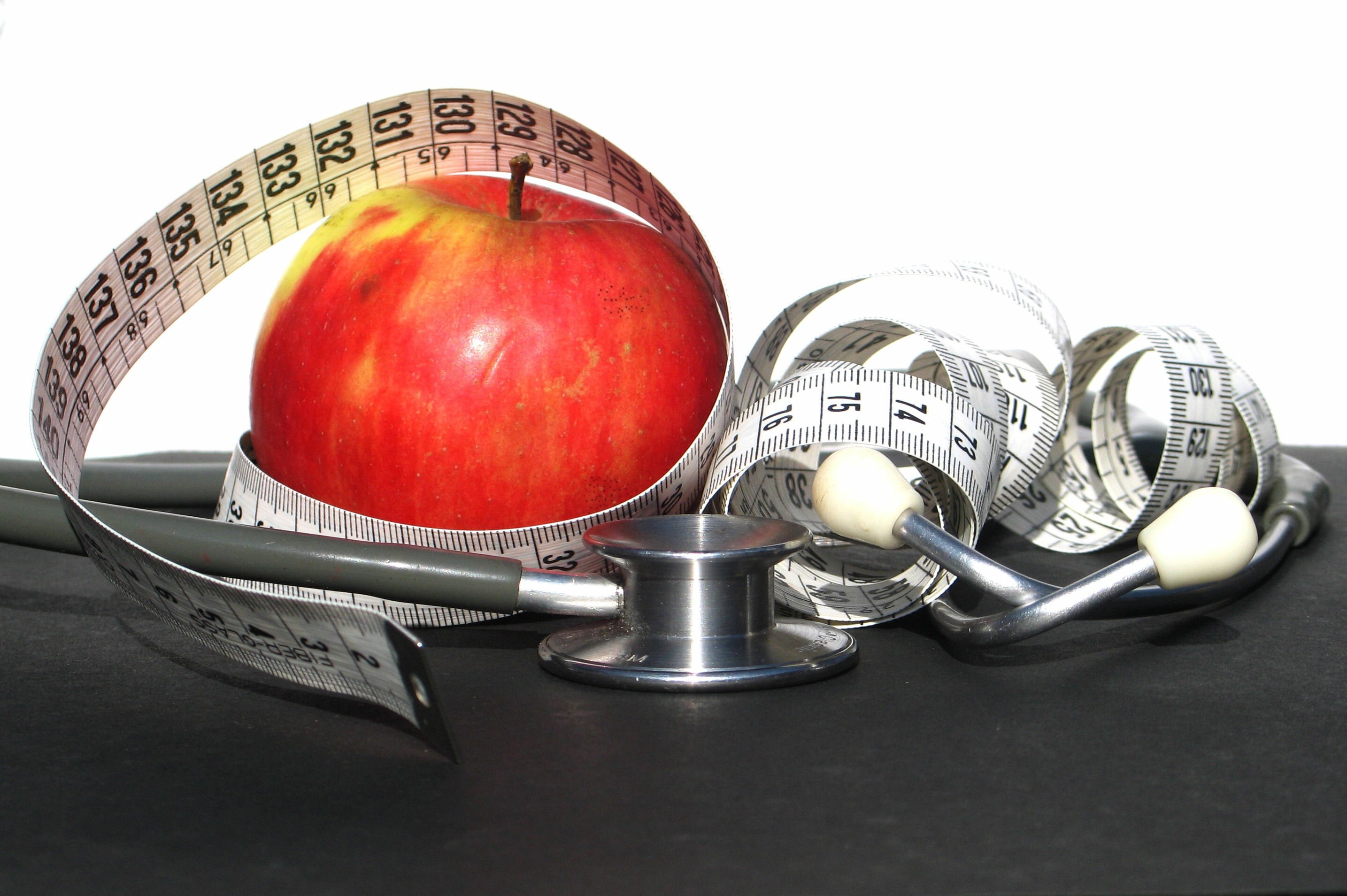. . . Magnesium, Selenium, Zinc and amino acid Glutathione
Nutrient deficiency is attributed to malnutrition in poor sectors of society within developing countries, but malnutrition doesn’t apply to industrialized countries where an increased life expectancy is, nevertheless, riddled with chronic and degenerative disease. When questioning why countries with amply food availability show nutrient deficiency symptoms, we must first acknowledge that mineral content varies widely depending on geographic location and how land has been cared for to replenish soil nutrients over the years of agricultural use. But, research is examining dietary factors for nutritional deficiency in industrial countries. Some aspects require more analysis, such as:
- decreased gastrointestinal tract effectiveness, evident in the growing incidence of GI disorders which result in poor nutrient absorption
- long-term use of some medical drugs that disrupt metabolic balance
- a food chain suffering from stressors of modern large-scale farm practices
Loss of nutrient value is difficult to measure in connection with early picking of unripe crops for long-distance transportation, storage and refrigeration methods. In short, food values cannot be easily gauged for uniform quality any better than an individual’s level of digestive function which determines nutrient uptake.
Health practitioners are increasingly linking many degenerative conditions to micronutrient deficiency. As magnesium, selenium and zinc were important in my own health recovery, I identify with how commonly they are implicated in adverse health conditions. Significant improvements and even resolution of some conditions have occurred with specific supplementation as part of a treatment plan, usually with multiple deficiencies. Nutrient uptake from power foods to allow the body assimilation according to its needs rather than over-dosing any particular nutrient is always preferred, but temporary supplementation for a particular condition will sometimes provide surprising improvement.
Magnesium
For some years, focus on calcium for bone health has switched to magnesium, with doctors now promoting the balanced ratio of 1:2 for calcium-magnesium supplementation. As we now know, without that balance, excess calcium results in unwanted deposits that lead to disease instead of healthy bones and teeth. It took around 40 to 50 years for that to be accepted and put into common practice. Not easily absorbed, the magnesium form chosen for supplementation is very important. It’s also reported to work better for nerve conditions, anxiety and epilepsy when combined with B-vitamins… in particular, B6 and zinc.
Nutritional or herbal supplements provide the best result within a comprehensive treatment plan rather than selecting any one supplement and dosage. Having said that, because the only effect of overdosing magnesium is a laxative effect to indicate a smaller dose is required, it’s one mineral considered safe as a home remedy unless you have advanced kidney disease or are on kidney dialysis.
The wide range of effect magnesium has on diseases and its ability to rejuvenate an aging body has earned it the title of the ‘miracle mineral’. For that reason, it deserves its own writeup to cover comments from magnesium experts, common conditions it has improved, the magnesium forms recognized for superior absorption and use of magnesium chloride in pain relief clinics.

Selenium
Selenium is an essential trace mineral that works as an antioxidant, especially when combined with vitamin E. It’s implicated in the health level of our immune system and thyroid function. People with degenerative conditions often have low levels of selenium, although only trace amounts are required for efficient cellular function. The government website at National Institutes of Health lists Brazil nuts as being the highest food source, with one ounce (6 to 7 nuts) containing 744 micrograms (mcg). Tuna comes in second at 68 mcg for 3 ounces of tinned tuna in water. Nutritional yeast is another safe selenium source, as is butter and garlic. The content of selenium in food is dependent on the soil and location where the crop is grown, with wide variance to region. Our body level of selenium is adversely affected from smoking, regular alcohol intake, birth control pills and digestive problems, like Chrons, irritable bowel syndrome, celiac disease and ulcerative colitis.
Conditions that may benefit from awareness of selenium intake include those with under-active thyroid, osteoarthritis, rheumatoid arthritis, macular degeneration, hay fever, infertility, cataracts, abnormal pap smears, chronic fatigue syndrome (CFS), mood disorders and preventing miscarriage. Selenium is an addition temporarily used for preventing bird flu and reducing side effects from cancer chemotherapy. Supplementation has been used as part of a treatment plan for immune deficiency diseases. Short-term daily doses of less than 400 mcg are generally considered safe, with the usual daily intake reported in the USA of 125 mcg, considered adequate.
Cautions for selenium supplementation include possible reduced fertility in males who want to produce a child, males should avoid high dose, long-term use due to concern that selenium may aggravate prostate problems and be a risk factor for those with a history of skin cancer. Anyone with an iodine deficiency or under-active thyroid should take selenium and iodine together, preferably with guidance of a health practitioner. As with most supplements and herbs, they should be stopped for 2-weeks prior to surgery and not be taken long-term.
Zinc
Zinc is an essential trace element, with very small amounts of this metal needed for healthy cellular metabolism. We most often link it to eliminating or avoiding a cold because of its association with immune system function, including against pathogenic parasites and disease.
As usual, unhealthy intestinal conditions that interfere with absorption can result in a deficiency. Additionally, some foods contain phytates which interfere with the absorption of several nutrients, including zinc. Phytic acid is present in whole grain, nuts and legumes, with soaking for removal recommended before ingesting these foods. Oysters are reported to contain more zinc than any other food. Zinc picolate has been noted as one of the most absorbable zinc supplements, but improvement in my own zinc levels did not occur until I used zinc lozenges containing 23 mg of zinc citrate/gluconate for sublingual absorption. Dr. Blaylock cautions supplementing no more than 25 mg, twice weekly as maximum intake. Blood analysis by your health practitioner can indicate the status of your zinc level for safe supplementation.
Taking high amounts of zinc is considered unsafe, with high doses on a regular basis causing problems with our blood’s iron levels. It’s recommended to avoid zinc nose sprays as they decrease the sense of smell. Long-term, excessive use can lead to zinc toxicity, resulting in copper deficiency and neurologic disease.
Glutathione
Glutathione, produced in the body and found in every body cell, is linked to cellular detoxification and immune system function. In recent years it has been given much attention for its ability to enhance health. Some clinical studies indicate that oral tablets are poorly absorbed, and while the liquid form is said to provide an improved absorption rate, it is not yet readily available and is more expensive than capsule form.
Glutathione is the major antioxidant produced by our cells to neutralize free radicals. It’s active in DNA synthesis and repair, protein synthesis, enzyme activation, and prostaglandin synthesis which is involved in inflammatory conditions. This makes glutathione very important for immunodeficient illness. Synthesized in the body from amino acids L-cysteine, L-glutamic acid and glycine, supplementing with N-Acetyl Cysteine (NAC), the stable form of the amino acid L-Cysteine, is an excellent option to promote synthesis of glutathione. Some brands such as NOW, combine selenium and molybdenum with NAC for additional metabolic support of glutathione synthesis. NAC is often used for relief with bone and joint conditions.
www.iherb.com carries this particular combo of NAC with selenium and molybdenum to target optimum cellular health and glutathione synthesis. Entering the code VIR442 upon checkout will provide an additional discount if ordering from iHerb.com



